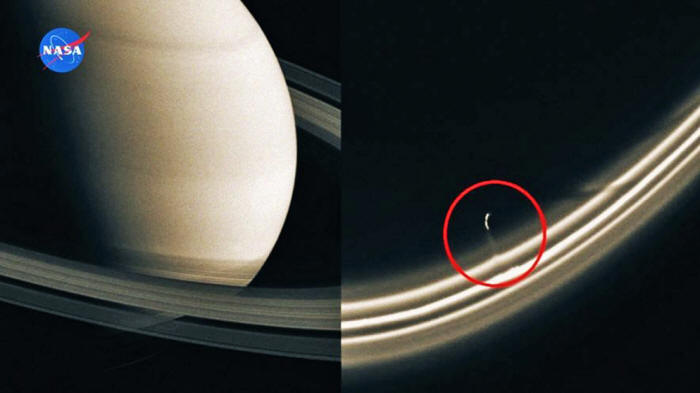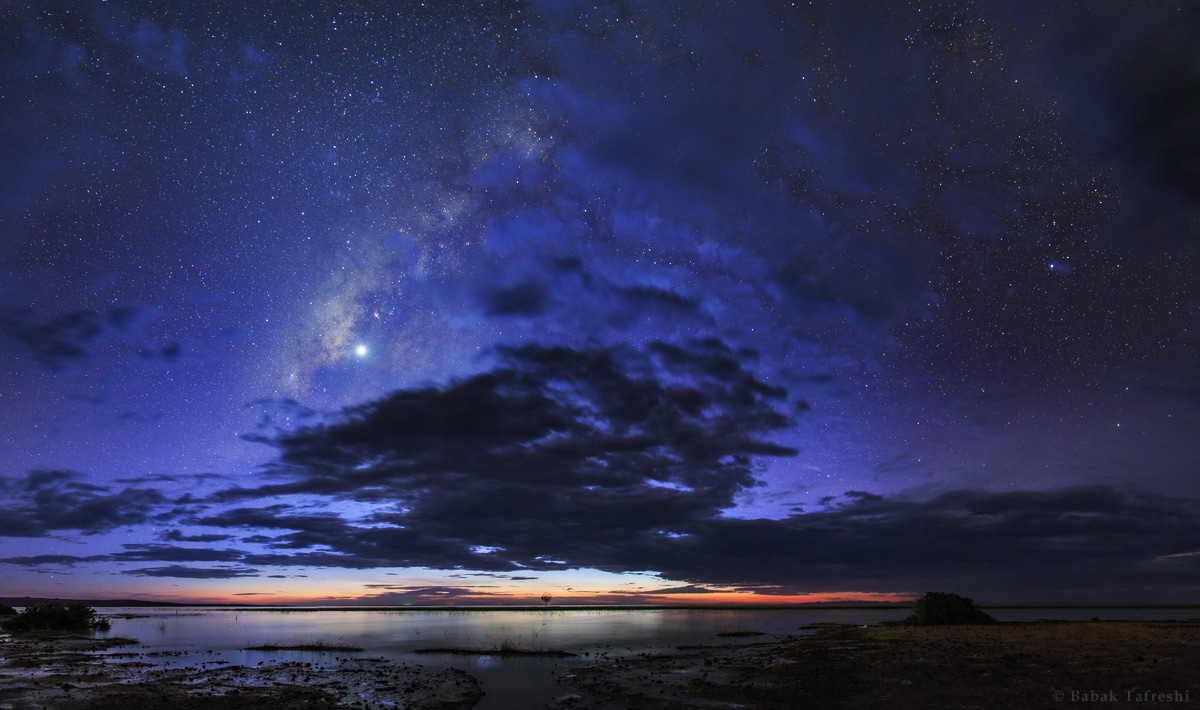

Scientists describe JWST as an "infrared time super machine", which helps look back 13.5 billion years to observe the first stars and galaxies formed in the darkness of the early universe. The gold-plated layer helps to increase the level of infrared light reflection of the main mirror. JWST's main mirror surface has a diameter of 6.5m, including 19 smaller hexagonal mirrors made from gold-plated beryllium (Be) material. JWST is the successor to the Hubble Space Telescope. On the mirror, the secondary mirror functions to receive light from the primary mirror for optical adjustment, " said NASA Chandler, NASA's representative of the JWST project, told Business Insider. The blurred image is a secondary mirror support structure of the telescope, including details.

The US government must respect the intellectual property rights of industrial partners. However, in the video, part of JWST's image is obscured so that viewers cannot see it clearly.

Springtime changes in the North Atlantic Ocean are less obvious to the human eye, as not all of the action takes place at the surface and much of the color is. technology has never existed, " NASA said. Springtime blooms on land in North America are usually obvious: green vegetation sprouts and flower buds open in ways that bring bright color to the landscape.

Before building JWST, we have to create and complete 10 jobs. "The efforts of thousands of people across the United States, Canada and Europe in nearly two decades have finally reached this milestone. Lightweight structure and modern sensors and many other things. To celebrate this special day, NASA's Goddard Space Center in Greenbelt, Maryland, USA, released a video on Youtube about revolutionary technologies in making telescopes, including profiles. NASA announced the completion of the huge gold mirror surface of James Webb Space Telescope (JWST) worth $ 8.7 billion on November 2. Part of the structure of the James Webb Space Telescope is blurred (the circle is red).(Photo: NASA). The US Aerospace Agency (NASA) blurs a section on the James Webb Space Telescope because it is the exclusive structure of an anonymous partner company, according to Business Insider. This phenomenon is often seen at high phase angles - that. The bright features in this scene, including the F ring along the rings' periphery, are regions where tiny, dust-sized particles scatter light toward the camera. Shy Mimas (397 kilometers, or 247 miles across) can be seen peeking out from behind the rings below center. Some of these exoplanets orbit a star like Earth does, while others are just sunless wanderers.NASA deliberately blurred a part of the structure of the James Webb Space Telescope in the video about this telescope. The dim, unlit side of Saturn's rings hides a secret in this view. NASA spends time discovering and researching these planets in order to examine how planets form and what makes them different from our own humble rock (Earth). What would take a human a large amount of time to look over enormous data sets, ExoMiner can achieve in a fraction of the time.īut what is a an exoplanet? Essentially an exoplanet is any planet that exists outside our own solar system. It can tell the difference between an actual exoplanet and what is not an exoplanet, or "false positives." It does this by taking the data from past confirmed exoplanets and data from false positive cases. But now NASA has implemented a new way of searching for these exoplanets and it involves using AI and machine learning methods that automatically learn and task when provided with enough data.ĮxoMiner takes advantage of NASA's Pleiades supercomputer. Up until now the job of finding them has been placed mostly on the eyes of those looking. NASA scientists, astronomers and researchers are always on the lookout for new exoplanets that may exist. These exoplanets have been added to the 4,569 other planets that have been validated by NASA. Thanks to a new deep neural network called ExoMiner, NASA has added a whopping 301 exoplanets that human eyes had missed.


 0 kommentar(er)
0 kommentar(er)
